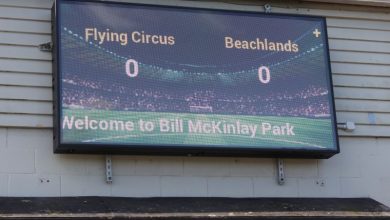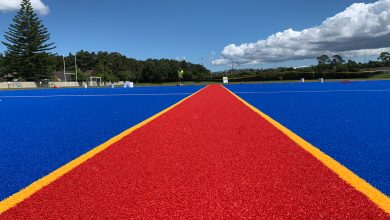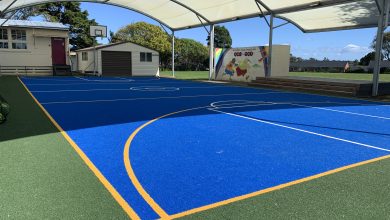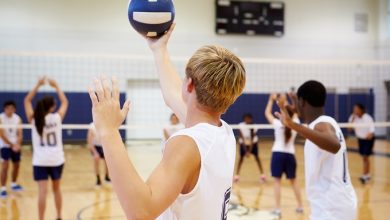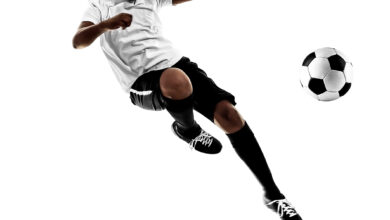All-weather surfaces a blessing for schools
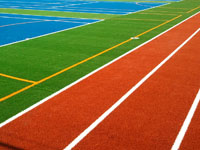
 Having an often seemingly excessive rainfall has its advantages for a country that depends heavily on agriculture and a number of lakes and rivers that can be harnessed for the generation of hydro power, but it sure messes up a lot of sporting activities.
Having an often seemingly excessive rainfall has its advantages for a country that depends heavily on agriculture and a number of lakes and rivers that can be harnessed for the generation of hydro power, but it sure messes up a lot of sporting activities.
When we have a winter like this year’s one where the precipitation seemed continuous, in at least some parts of New Zealand, all that bottled up energy in the classroom is inevitably going to heighten the stress levels of school teachers and principals throughout the land, as well as parents when weekend sporting fixtures are cancelled time after time.
While rugby and mud seemed almost synonymous to generations of pupils, better drained surfaces have greatly improved that situation. But for most other sports, unless the surface is firm, any sort of play may well be impossible – the late start and frequent interruption of the cricket season perhaps being the most annoying example. While the ubiquitous asphalt still provides a solid footing in many a school, it retains pools of water, punishes slips and falls severely, is really unsuitable for sports such as tennis, and hardly provides an aesthetically pleasing experience.
Thankfully, the development of synthetic grass sporting surfaces more than three decades ago has greatly alleviated the problem and New Zealand is the beneficiary more than most. As knowledge and techniques of manufacturing these surfaces has grown, they have become very sophisticated – able to provide a wide variety of textures, bounces and speeds – but as they require a reasonable amount of capital outlay, placing an outlay on the purchasers to make the correct choice. Obtaining sound advice from an experienced operator should be regarded as essential to avoid costly mistakes.
Apart from their serviceability, the fact that these surfaces provide a wide range of brilliant colours that are pleasing to the eye, cannot be ignored. It makes the sporting experience so much more enjoyable, persuading some of the less enthusiastic young sports people to at least give it a go. And with the shock- insulating properties of such surfaces now an essential part of their make-up, immediate injuries from falls are likely to be less severe, while the long-term toll on knees and other joints may prove to be somewhat alleviated.
New Zealand schools are well served by companies that can offer them a professional service. Auckland-based Tiger Turf is a well-known, locally based manufacturer of all-weather surfaces for schools. “Tiger pioneered the first all-weather multi use courts for schools in 1989 –St Cuthbert’s College was the first,” said the company’s education business development manager, Grant Fickling. “We’ve completed approximately 500 since then.
“There is real growth in our ‘turnkey’ projects where Tiger converts a grass pitch that has often been unusable throughout the winter, into a versatile surface complete with free draining base. Suddenly the school has an all-weather facility where the students can enjoy PE, training, leisure time and a wide range of other activities,” Mr Fickling said.
“Junior schools now enjoy surfaces from Tiger that have been specifically developed for younger students. The inclusion of junior games – Hopscotch, 4 square, Tapuae etc are extremely popular.”

